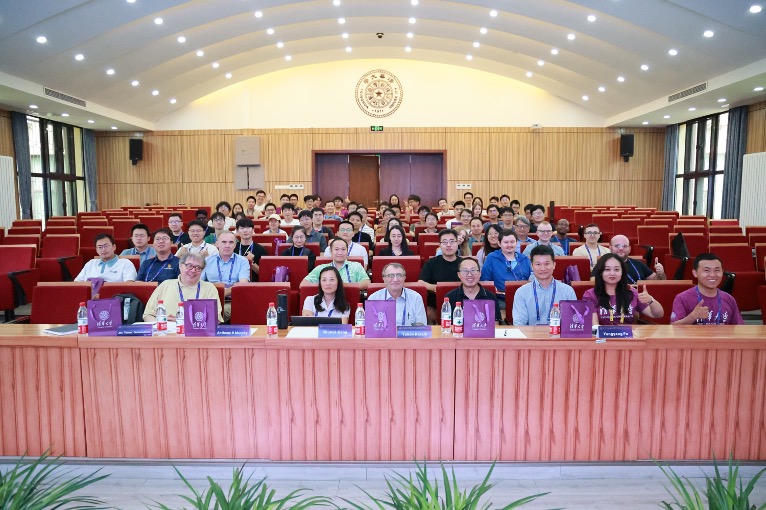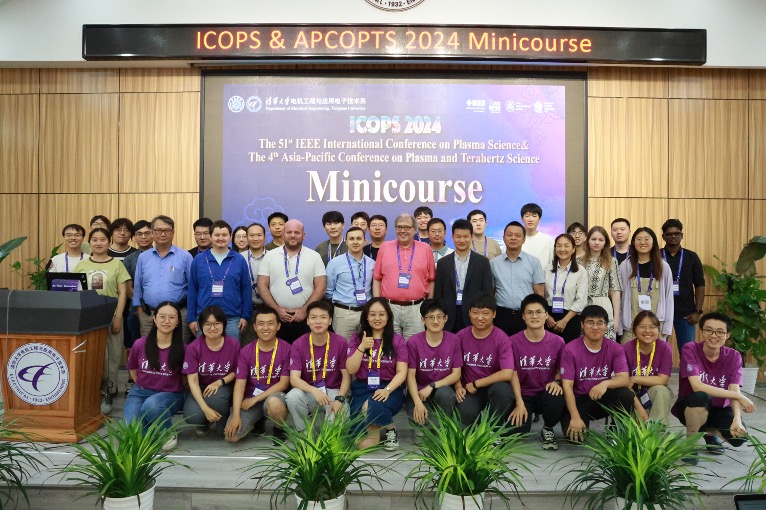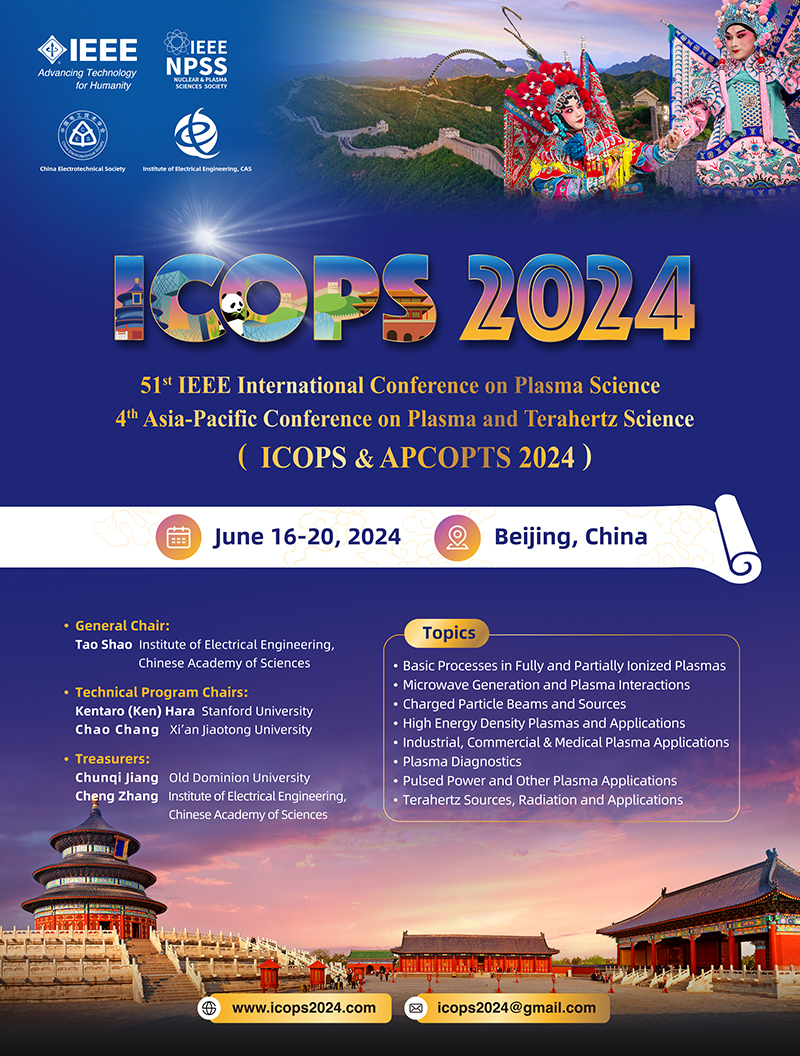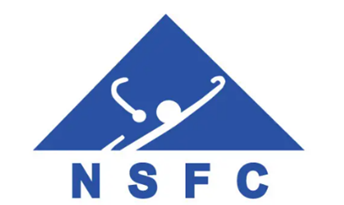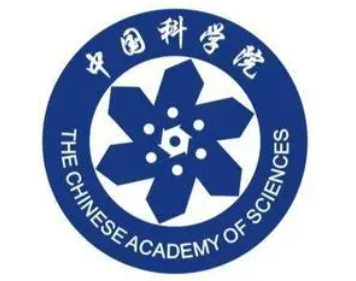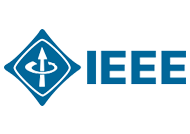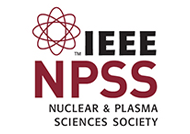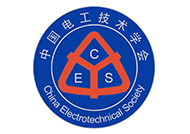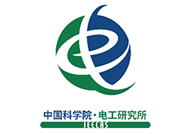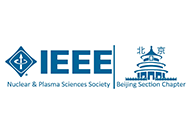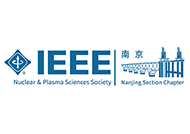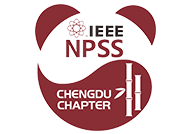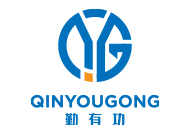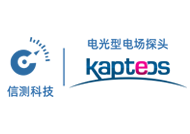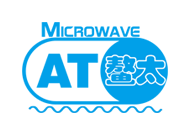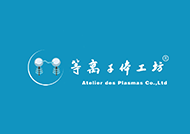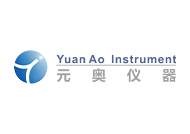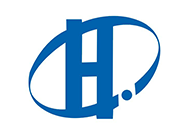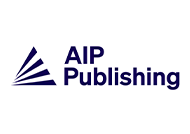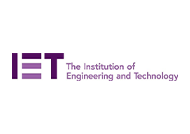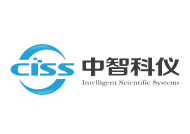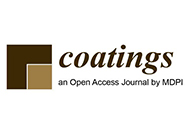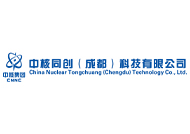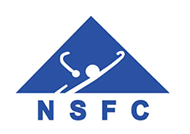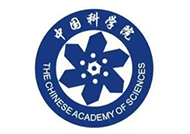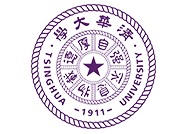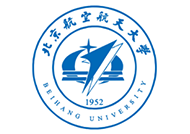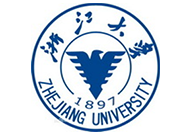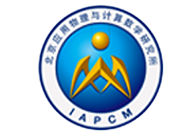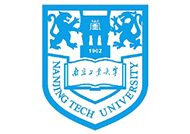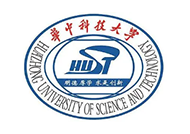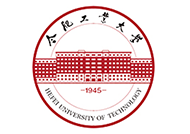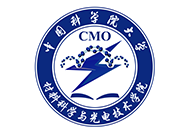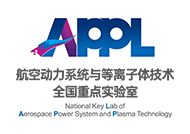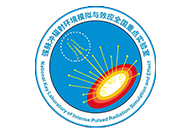- Home Page (overview)
- Important Dates
- Abstract Submission
- Organizers
- lnternational Committee
- Local Organizing Committee
- Technical Area Committee
- Session Organizers
- Special Sessions
- Technical Program
- Plenary Speakers
- Presentation Guidelines
- Post-ICOPS Publications
- Awards
- Student Paper Awards
- Student Travel Grants
- Young Professional Travel Grants
- Paul Phelps Continuing Education Grant
- Young Professionals Event
- Women in Engineering Event
The Minicourse Section for ICOPS & APCOPTS 2024 took place on June 20-21 in Tsinghua University, Beijing, China. This is one of the highlights of the 51st IEEE International Conference on Plasma Science (ICOPS) and the 4th Asia-Pacific Conference on Plasma and Terahertz Science (APCOPTS). The ICOPS is an annual conference coordinated by the Plasma Science and Applications Committee (PSAC) of the IEEE Nuclear & Plasma Sciences Society (NPSS). This is the first time that the ICOPS holding in China. The 51st ICOPS & 4th APCOPTS are chaired by Prof. Tao Shao from the Institute of Electrical Engineering,Chinese Academy of Sciences. The conferences are jointly hosted by the NPSS, the China Electrotechnical Society and the Institute of Electrical Engineering, Chinese Academy of Sciences.
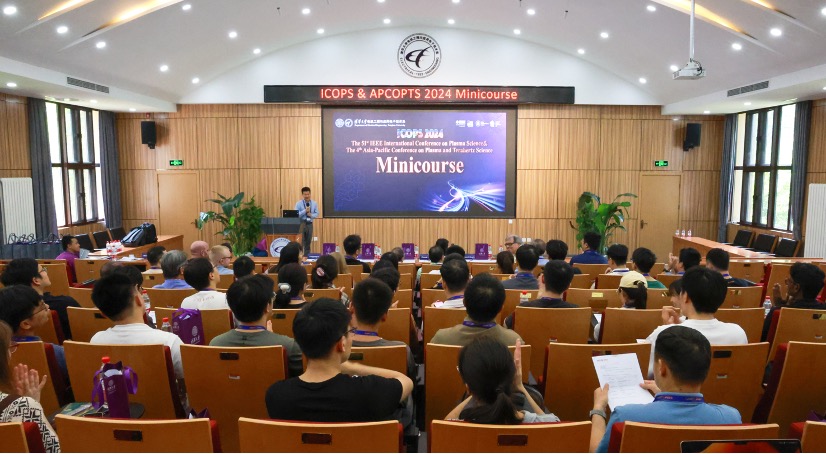
The minicourse is chaired by Prof. Yangyang Fu from Tsinghua University and Prof. Peng Zhang from Michigan State University. Specially invited guests include Prof. Xinpei Lu from Huazhong University of Science and Technology (China), Prof. Yakov Krasik from Technion-Israel Institute of Technology (Israel), Prof. Chunqi Jiang from Old Dominion University (America), Prof. Anthony B. Murphy from Australia’s leading government research organization (Australia), Prof. Mark D. Johnston from Sandia National Laboratories (America, online), Prof. Xiaogang Wang from Harbin Institute of Technology (China), and Prof. Jón Tómas Guðmundsson from University of Iceland (Iceland). More than 80 domestic and foreign young scholars attended the Minicourse.
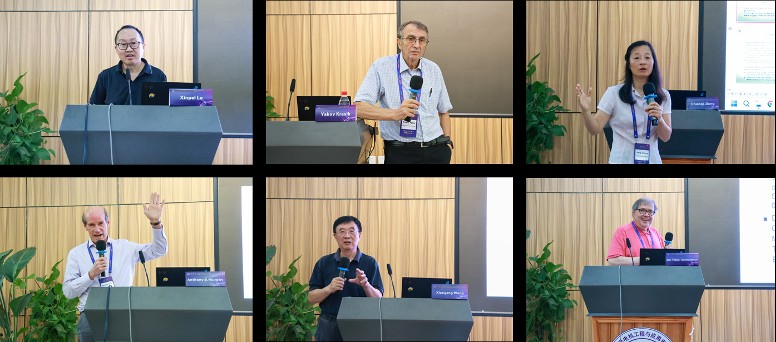
The ICOPS 2024 Minicourse covers the latest developments in basic theory, key technologies, cutting-edge applications, etc. in the field of plasma technology. Prof. Xinpei Lu systematically explained the cold plasma jet, dielectric barrier discharge (DBD) known as non-equidistant DBD, spiral discharge concept that operates under magnet-free conditions, and the application of plasma in medicine and energy conversion. Prof. Yakov Krasik introduced main phenomena as generation of run-away electrons, ionization front propagation and formation of a high conductivity plasma channel govern the dynamics in nanosecond timescale electrical discharge, and different experimental methods to diagnose. Prof. Chunqi Jiang focused on atmospheric pressure nonequilibrium plasma and introduced its cutting-edge applications in energy, environment, agriculture and medicine. Prof. Anthony B. Murphy introduced the critical concept of local thermodynamic equilibrium (LTE) and its dependence on a high rate of collisions, followed by a discussion of the various approaches to generating and stabilizing thermal plasmas, then considered the computational modelling of thermal plasmas. Prof. Mark D. Johnston described the physics involved in creating and sustaining these plasmas through electron-atom collisions, electron and ion transport, gas chemistries, and surface processes. Prof. Xiaogang Wang introduced a ground based experimental device for laboratory simulation of space environment, the Space Environment Simulation and Research Infrastructure (SESRI), which is starting its operation phase currently at Harbin Institute of Technology (HIT) in China. An overview of the fundamental design of SPERF, and recent progresses in research of experimental space plasma physics researches will also be presented. Prof. Jón Tómas Guðmundsson discussed the development from the direct current (dc) diode sputter tool to the magnetron sputtering discharge as well as the various magnetron sputtering discharge configurations, the discharge characteristics and plasma parameters were obtained by ion ionization model.
After the lectures, the attendees discussed with the lecturers on the related topics and courses contents. The minicourse chair Prof. Yangyang Fu awarded certificates to the lecturers.
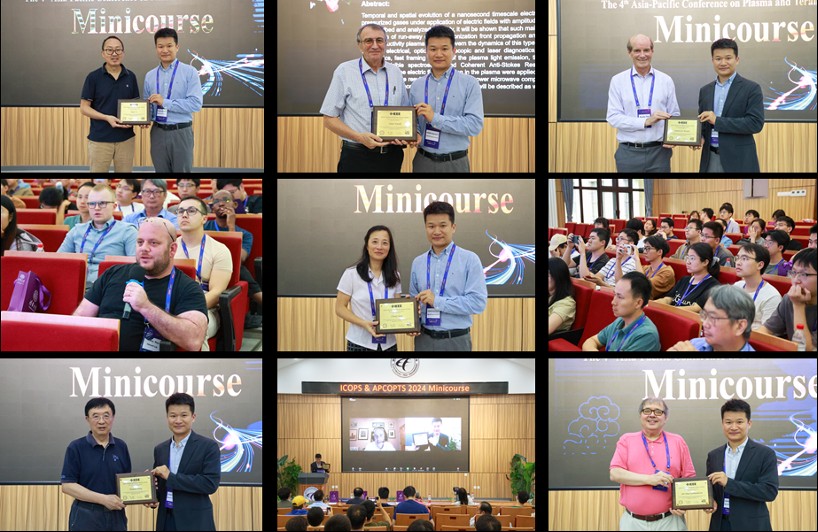
This Minicourse provides young scholars with forward-looking and cutting-edge special courses in the field of low temperature plasma physics, and also provides a platform for young scholars to communicate closely with outstanding international experts. As the last part of ICOPS & APCOPTS 2024, it also announced the complete success of this conference.
